13 Low-Maintenance Vines That Thrive on Arbors and Trellises
When it comes to enhancing your garden with vertical beauty, choosing the right vines for your arbors and trellises is key. These well-behaved climbing plants offer vibrant colors, lovely fragrances, and manageable growth, making them perfect for adding charm without overwhelming your space. Whether you’re looking for fast-growing options or slow, steady climbers, these vines provide a variety of styles to complement your outdoor décor. With proper care and maintenance, these vines will thrive and bring lasting beauty to your garden structures.
This post may contain affiliate links, which helps keep this content free. Please read our disclosure for more info.
Clematis (Clematis spp.)
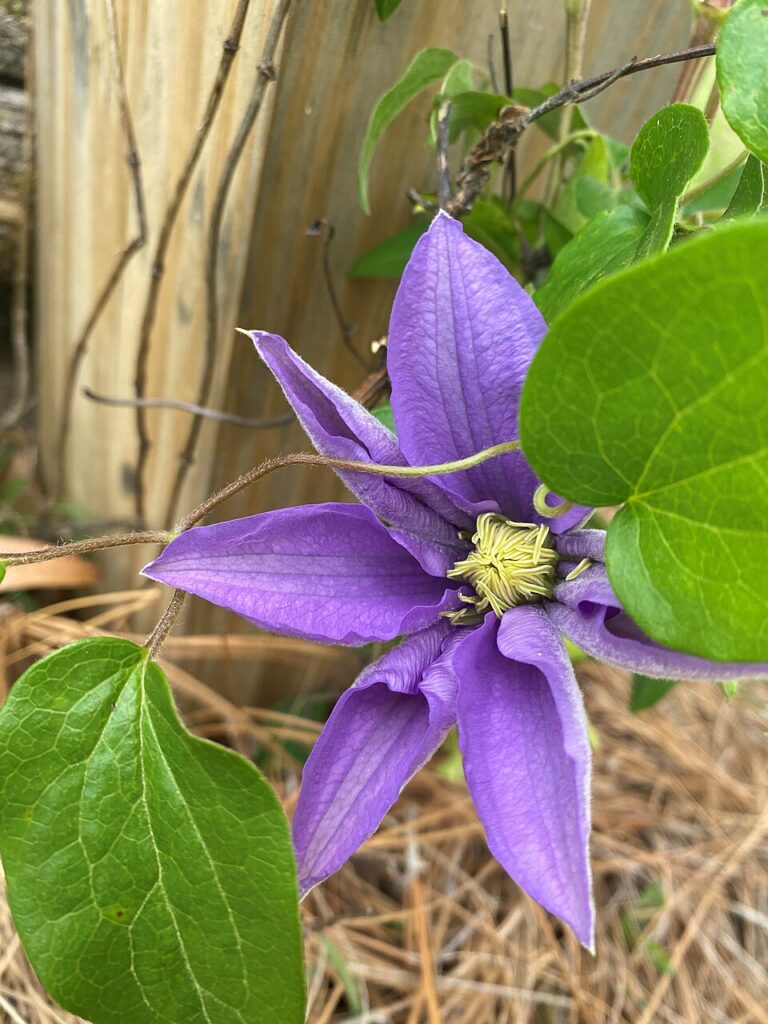
Clematis vines are renowned for their stunning blooms, which come in a wide variety of colors, including vibrant reds, purples, whites, and pinks. They are perfect for adding vertical interest to any garden, climbing gracefully over arbors and trellises. These vines typically grow in a controlled manner and can be pruned to maintain their shape and size, making them ideal for smaller spaces. Clematis is also easy to train onto a trellis, providing an elegant, upward-growing display.
Another key benefit of Clematis is that it thrives in well-drained soil and requires little maintenance once established. They can handle full sun, which helps them produce more flowers, and they bloom reliably every year, adding to their charm. With the proper care and regular trimming, Clematis vines will remain contained while offering a magnificent display of blooms.
Sweet Pea (Lathyrus odoratus)

Sweet peas are a delightful, fragrant option for trellises and arbors, with flowers that come in a range of pastel shades like lavender, pink, and white. They are perfect for gardeners looking for beauty and a pleasant fragrance without the worry of aggressive growth. Sweet peas grow quickly and can cover a trellis or arbor in a single season, but they are not invasive and remain manageable with proper care. They thrive in cooler climates and are typically annuals, providing a burst of color in the spring and early summer.
Because sweet peas do not have a tendency to overtake their growing space, they are an excellent choice for smaller gardens or when paired with other plants. With their graceful climbing nature, they add an airy, delicate touch to garden structures. Regular trimming after their blooming period helps keep them tidy and prevents them from becoming too unruly.
Honeysuckle (Lonicera spp.)
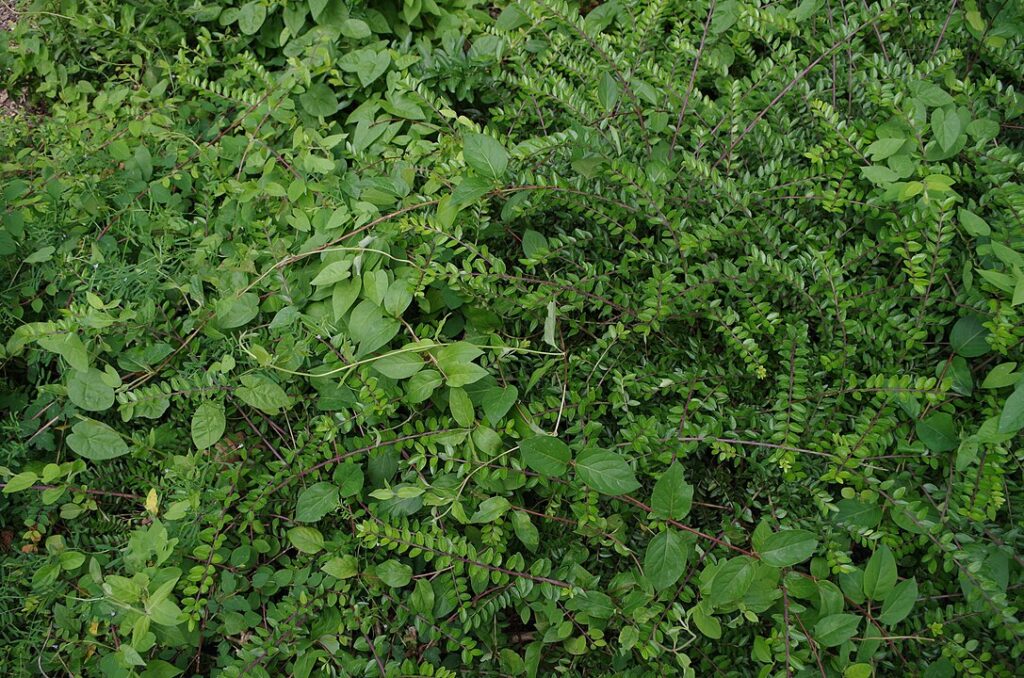
Honeysuckle vines are not only beautiful but also attract pollinators, such as hummingbirds and bees, to your garden with their sweet-smelling flowers. Available in several varieties, honeysuckles offer flowers in colors like yellow, pink, and red, which bloom in abundance, making them a standout feature in any landscape. These vines are ideal for arbors and trellises because they grow quickly and cover structures effectively. However, they are well-behaved when given the right space and can be trimmed to prevent them from growing too wildly.
What makes honeysuckle especially appealing is its ability to adapt to various soil types and light conditions, flourishing in both full sun and partial shade. While they can grow vigorously, they are not prone to overtaking their surroundings if pruned regularly. Honeysuckle vines provide beauty and fragrance throughout the summer months, while their manageable nature ensures that they will remain in check, making them an excellent option for vertical gardens.
Ivy (Hedera helix)
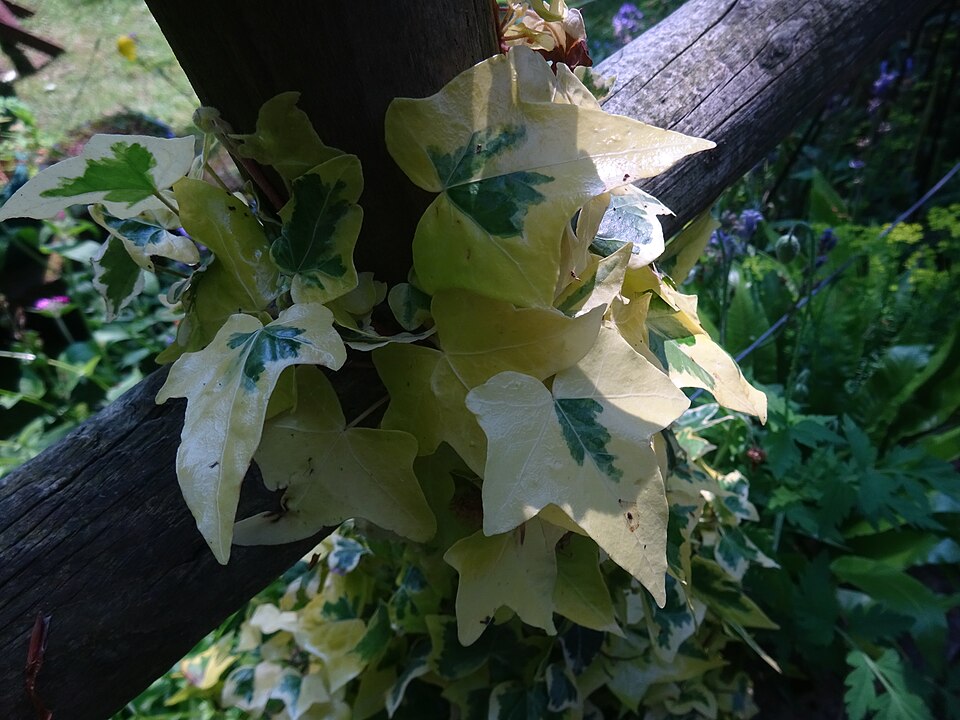
Ivy is a classic climbing vine that adds a rich, evergreen texture to arbors and trellises, offering year-round greenery. Its dense, trailing leaves create a lush, full appearance, making it an ideal choice for creating privacy screens or simply enhancing the look of a garden. Although ivy can grow quickly, it is relatively easy to maintain when pruned regularly, ensuring that it stays manageable without overwhelming your garden structures. It is also a very adaptable plant that can thrive in various conditions, from full sun to deep shade, making it a versatile option for different environments.
One of the main benefits of ivy is that it requires minimal care once established. Its fast growth allows it to cover trellises and arbors quickly, adding an instant sense of maturity and beauty. Ivy does not have aggressive roots, and with regular trimming, it will stay within its bounds, making it a manageable and reliable vine for garden structures.
Wisteria (Wisteria sinensis)
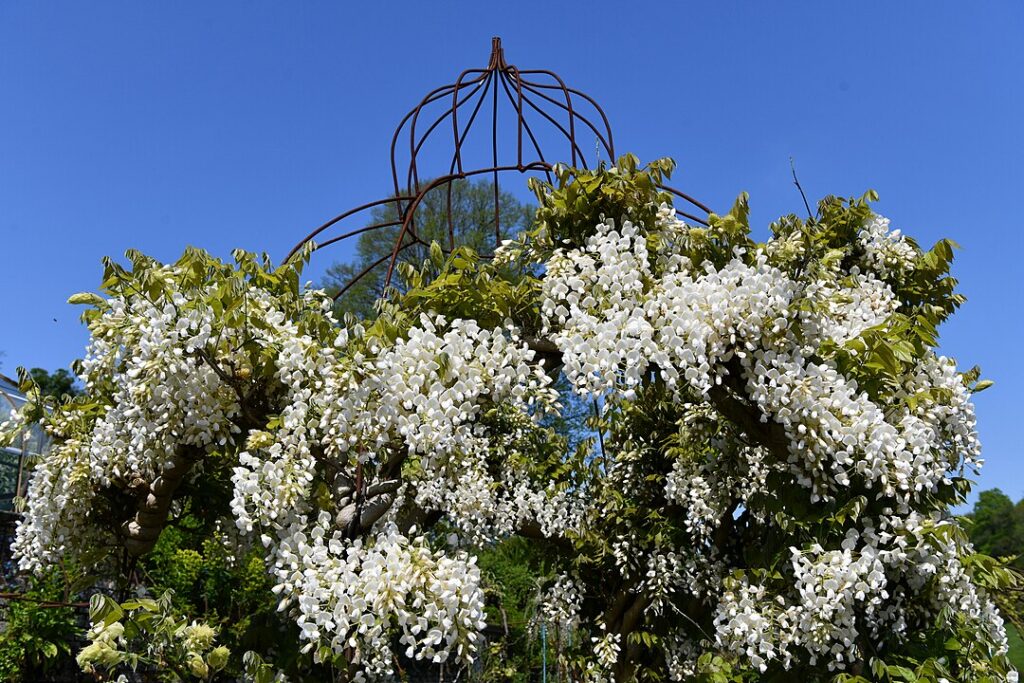
Wisteria vines are a showstopper, known for their cascading clusters of bluish-purple or white flowers that bloom in late spring. These vines grow with an elegant, trailing habit that can quickly cover large structures like arbors and trellises, making them perfect for adding vertical beauty to your garden. While wisteria is a fast grower, it is not uncontrollable if regularly pruned, ensuring that it does not overwhelm its supporting structure. The vine can be trained to follow specific paths along trellises, making it easy to manage.
In addition to their beauty, wisteria vines also provide a pleasant fragrance, adding an extra sensory dimension to your garden. They grow best in full sun and well-drained soil, and with proper care, they will bloom reliably each spring. Wisteria is a great choice for gardeners looking for a dramatic display of flowers that can be easily contained with pruning, making it one of the most elegant vines for arbors and trellises.
Virginia Creeper (Parthenocissus quinquefolia)

Virginia Creeper is a deciduous vine that is admired for its vibrant, red foliage in the fall, making it an excellent choice for year-round interest. Its five-part leaves turn a stunning shade of red in the autumn, providing a brilliant display on trellises and arbors. While Virginia Creeper is a fast grower, it is not overly aggressive and can be kept in check with regular pruning. It climbs naturally with tendrils, which makes it easy to train onto structures without worrying about it becoming out of control.
This vine is very hardy, adapting to a variety of soil types and light conditions, and it grows well in both sun and shade. Virginia Creeper is perfect for gardeners who want a fast-growing vine that offers beautiful seasonal changes but is still manageable. With occasional trimming, this vine will remain a well-behaved and stunning feature in your garden.
Passionflower (Passiflora spp.)
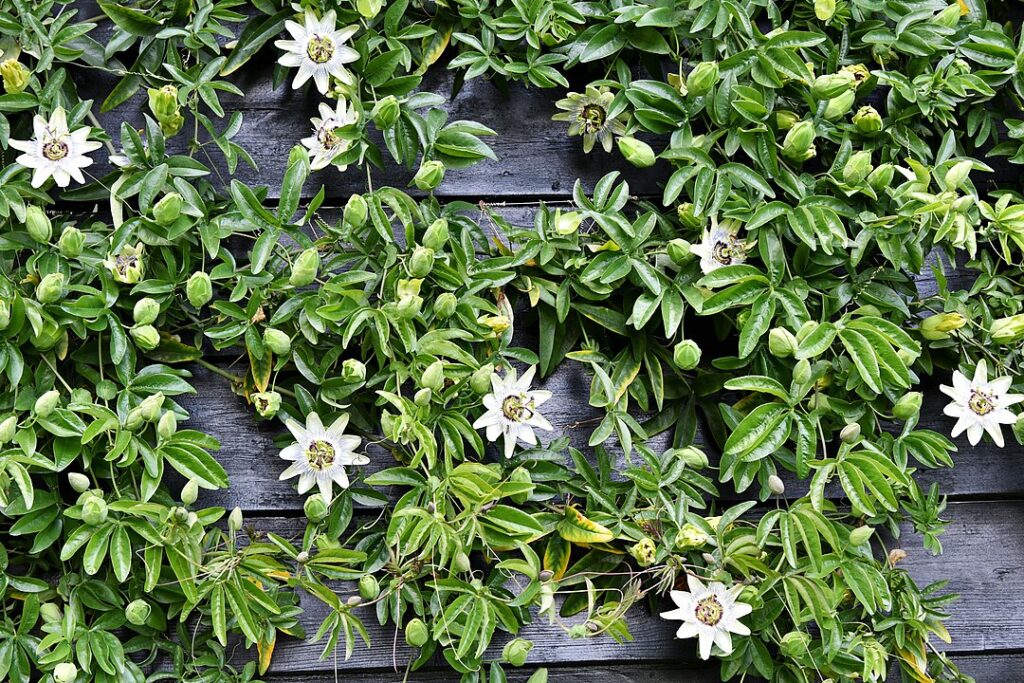
Passionflower vines are exotic and intriguing, known for their unique, colorful flowers and quick growth. They offer a striking visual appeal with their intricate blooms and vibrant colors, which attract pollinators like bees and butterflies. Passionflower vines climb easily over arbors and trellises, providing quick coverage without becoming too overwhelming. These vines are fast-growing but can be easily managed with pruning to ensure they do not overtake other plants in your garden.
In addition to their beauty, passionflower vines are low-maintenance once established and thrive in sunny locations. They offer a tropical look to gardens, and their unique blooms continue to draw attention year after year. Passionflower vines are perfect for those seeking a dramatic, yet manageable vine for vertical gardens.
Japanese Honeysuckle (Lonicera japonica)
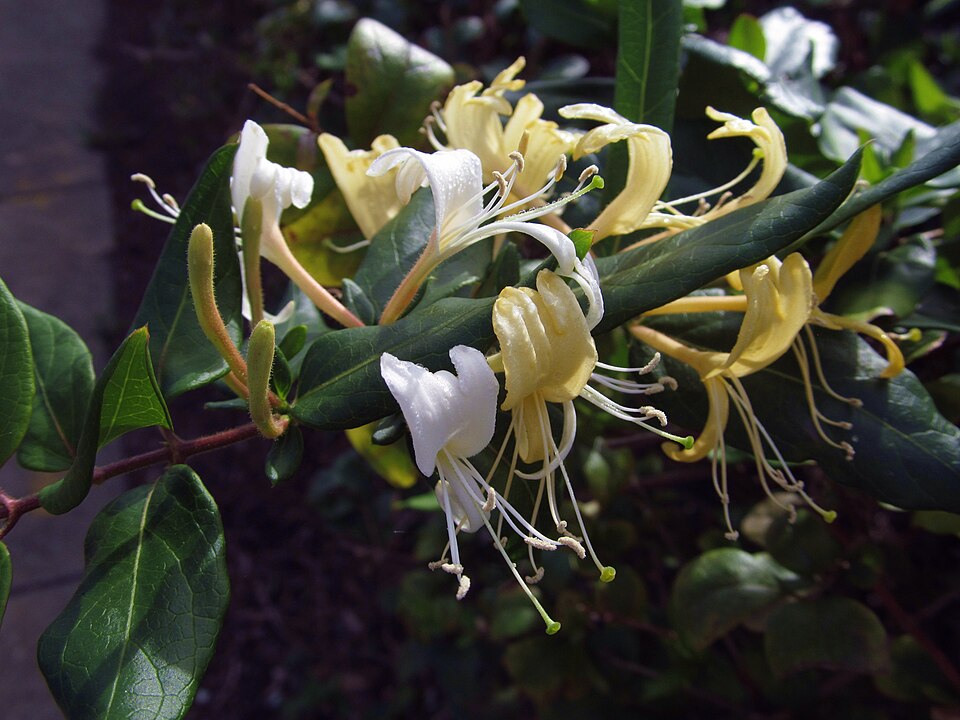
Japanese Honeysuckle is a fragrant vine that is often chosen for its quick growth and lovely white to yellow flowers. It can cover trellises and arbors quickly and efficiently, adding both beauty and scent to your garden. Despite its fast growth, Japanese Honeysuckle is considered a well-behaved vine because it does not become invasive when properly pruned. It climbs with ease and does not require much maintenance, making it a great option for gardeners who want a quick but contained vine.
The vine flourishes in a variety of conditions, from full sun to partial shade, and is relatively drought-tolerant once established. The fragrant flowers of Japanese Honeysuckle are a favorite of pollinators, making it an eco-friendly addition to your garden. Regular pruning keeps it manageable and ensures it will not overpower other plants or structures in your garden.
Bougainvillea (Bougainvillea spp.)
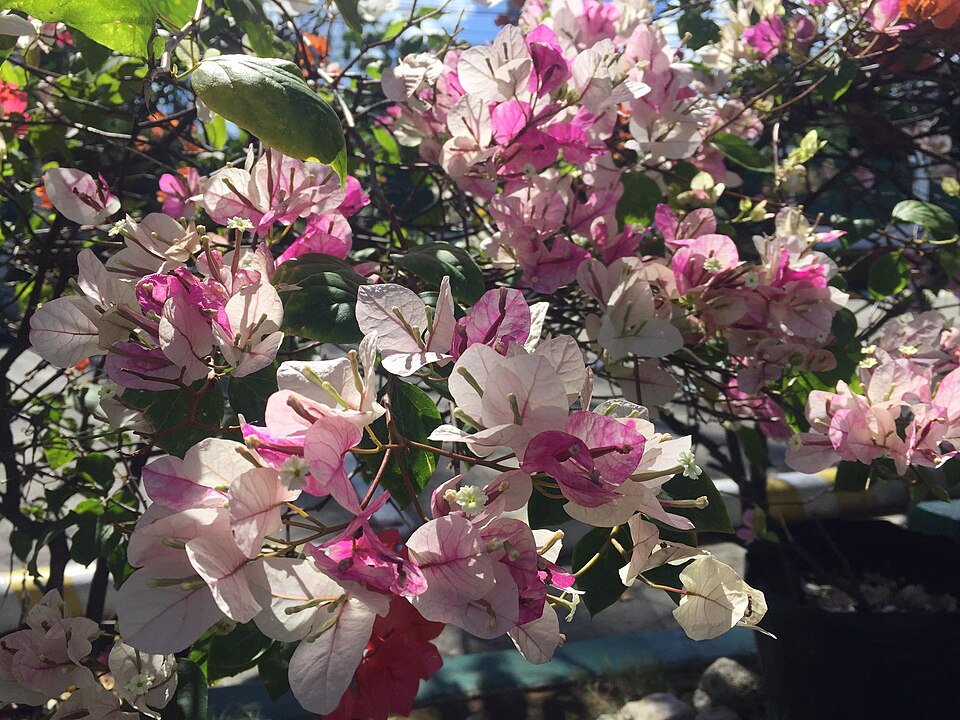
Bougainvillea vines are famous for their vibrant, paper-like bracts in shades of pink, purple, and red. These vines thrive in sunny locations and are excellent for covering arbors and trellises with a burst of color. While Bougainvillea can grow vigorously, it is easily manageable with regular pruning. It can be trained to grow along a trellis or arbor without becoming uncontrollable, making it an ideal option for gardeners who want a bold and colorful display without the worry of overgrowth.
In addition to its beauty, Bougainvillea is relatively drought-tolerant once established and does not require much care. With proper pruning, it can be kept to a manageable size while still offering an incredible show of vibrant flowers. Bougainvillea is perfect for adding tropical flair to your garden without the hassle of aggressive growth.
Trumpet Vine (Campsis radicans)
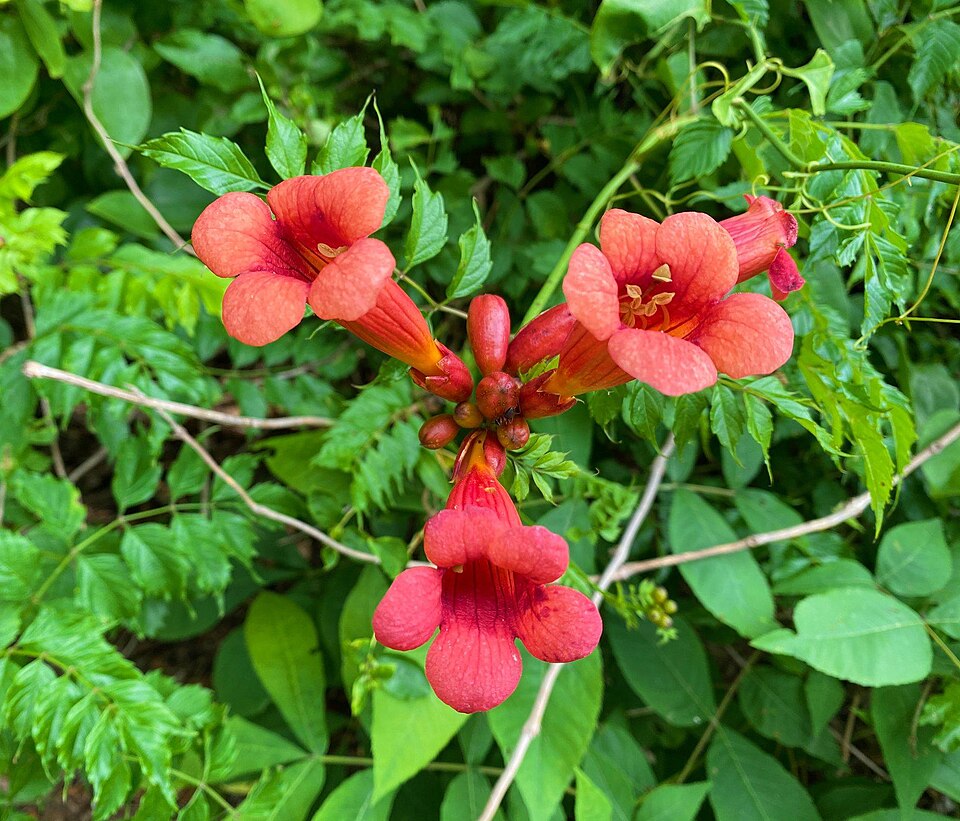
Trumpet vines are known for their large, trumpet-shaped flowers that attract hummingbirds and butterflies, making them a great addition to a wildlife-friendly garden. These vines are fast-growing but can be easily controlled with pruning, ensuring that they do not take over their supporting structures. Trumpet vines are ideal for arbors and trellises, where they can spread their flowers and dense foliage without becoming too invasive. They are excellent for gardeners who want dramatic color without the worry of uncontrollable growth.
While trumpet vines do require regular pruning to maintain their shape, they are otherwise easy to care for and hardy in various climates. Their bright orange, red, or yellow flowers bloom in summer, providing long-lasting color to your vertical garden. With the right maintenance, trumpet vines can stay contained and offer a beautiful addition to your garden.
Climbing Hydrangea (Hydrangea anomala petiolaris)
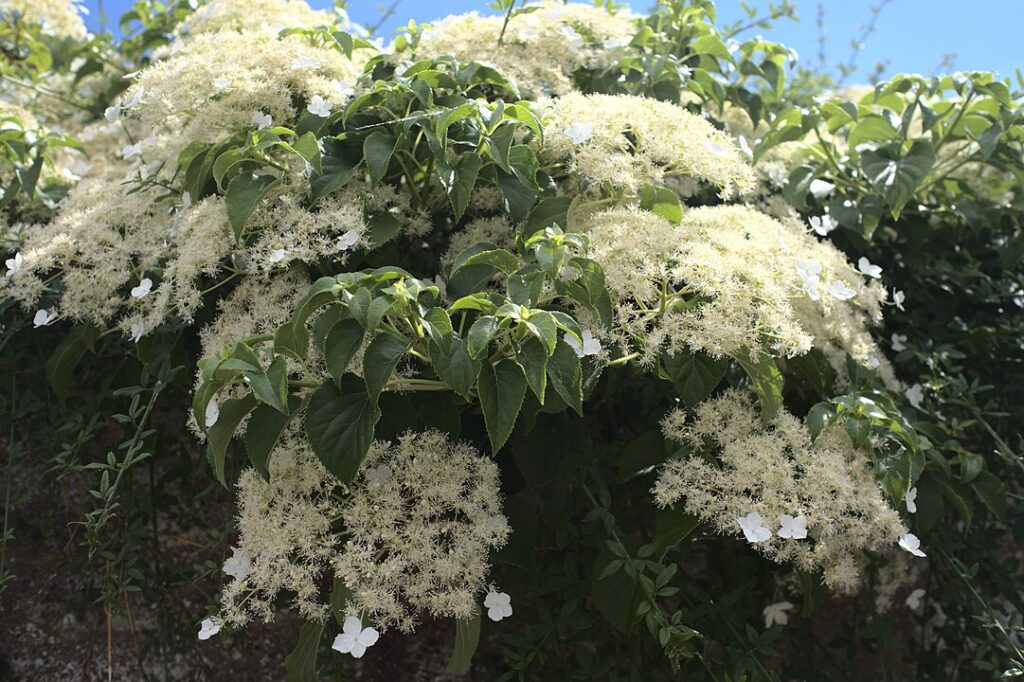
Climbing Hydrangea is a deciduous vine that provides an elegant touch to any garden with its beautiful white flowers and lush green foliage. Unlike many other vines, Climbing Hydrangea grows slowly and is easy to manage. It clings to surfaces using aerial roots, making it a perfect candidate for trellises and arbors. These vines can cover structures gradually, ensuring that they do not become overwhelming but still provide a full, graceful appearance.
In addition to its beauty, Climbing Hydrangea thrives in shaded or partially shaded areas, making it perfect for cooler garden spots. It requires little maintenance beyond occasional pruning to remove dead wood, making it an ideal low-maintenance vine. The long-lasting flowers and soft, green leaves make Climbing Hydrangea a charming, well-behaved vine for any garden.
Jasmine (Jasminum spp.)
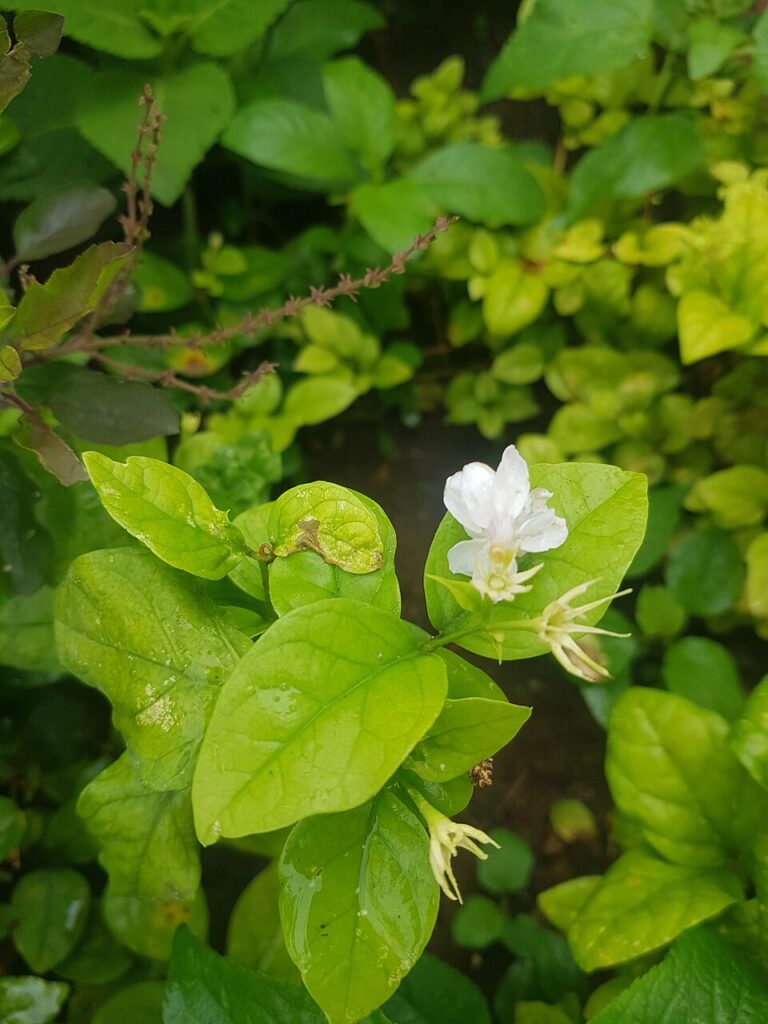
Jasmine vines are prized for their fragrant white and yellow flowers, which fill the air with a lovely scent. These vines are perfect for arbors and trellises due to their ability to climb easily and cover structures with delicate, star-shaped blooms. While Jasmine can grow quickly, it is not difficult to manage, requiring only occasional pruning to keep its growth in check. Regular trimming ensures that it does not overtake other plants or structures in the garden.
Jasmine thrives in full sun and well-drained soil, making it an ideal choice for sunny gardens. The fragrant flowers bloom from late spring through summer, providing a continuous source of beauty and fragrance. Jasmine vines are easy to care for and perfect for gardeners who want a fragrant, well-behaved vine for their vertical structures.
Morning Glory (Ipomoea spp.)
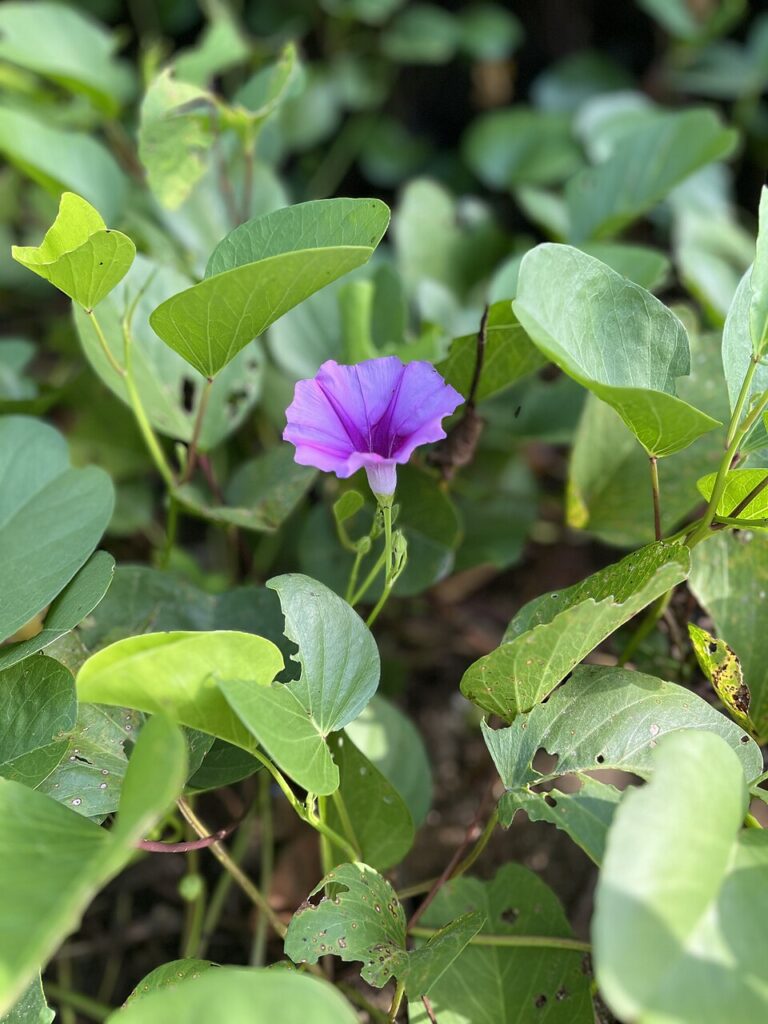
Morning Glory vines are fast-growing climbers that produce colorful, funnel-shaped flowers in shades of purple, blue, and pink. These vines are perfect for adding vibrant color to arbors and trellises, as they climb quickly and bloom profusely in the summer months. While they are fast-growing, they can be easily controlled with regular pruning, ensuring they do not overwhelm their structures. Morning Glory is a great choice for gardeners who want an annual vine that provides quick coverage without being difficult to maintain.
Morning Glories are ideal for full sun and well-drained soil, thriving in warmer climates. Their ability to grow quickly makes them a good choice for gardeners looking for immediate visual impact. With some care and trimming, Morning Glory vines remain manageable and provide a burst of color to your garden.
This article originally appeared on Avocadu.
